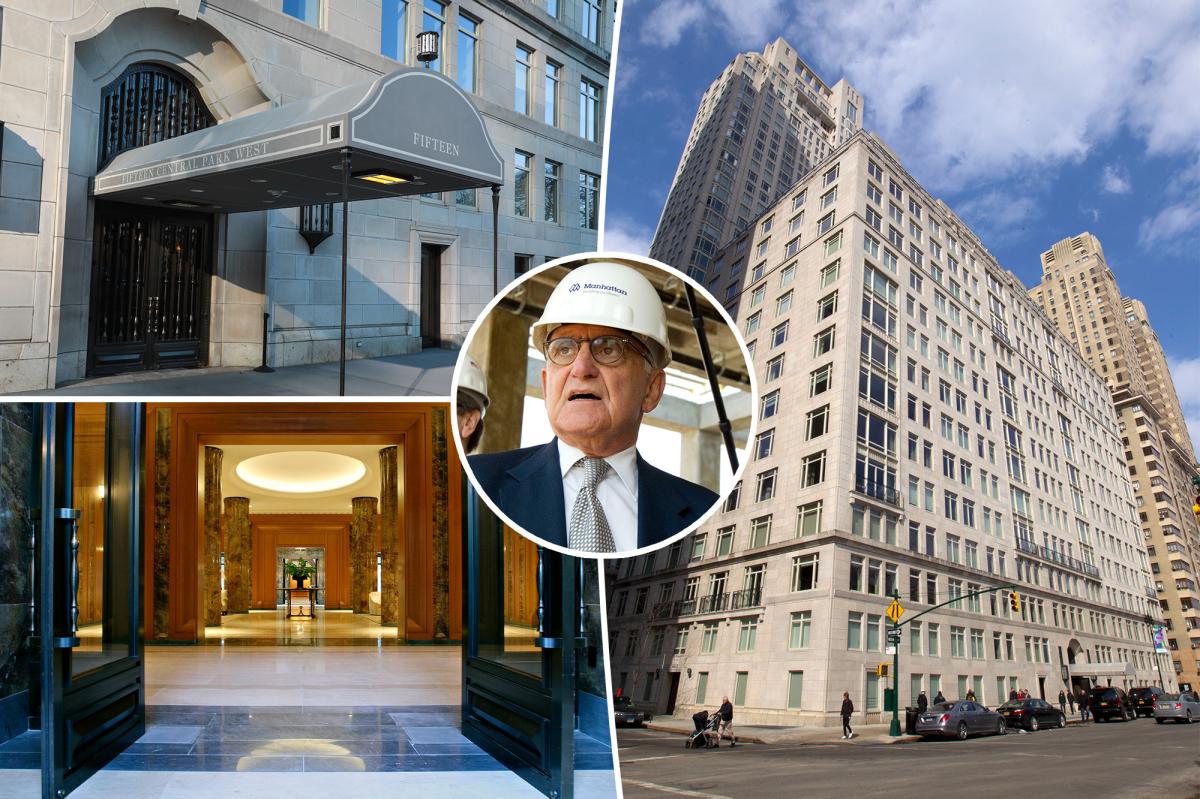T
he luxury condominium at 16 Fifth Avenue, now listed for a staggering $45 million, began its construction three years before the penthouse hit the market. While the project was underway, it caused severe damage to the neighboring 10 Fifth Avenue, a modest 14‑unit rowhouse that had been home to long‑time residents.
Tenants of 10 Fifth were forced to leave their homes in December 2022 after cracks appeared inside the building. Two months later, the cracks spread to the exterior, and the structure began to crumble, prompting a two‑hour evacuation order. The residents were given only ten days in a hotel paid for by Madison Realty Capital, the developer of 16 Fifth, before being left without support for the rest of their displacement. They remained away for 2½ years, returning only in June after the building was declared safe and fully renovated.
The displacement left tenants in a state of confusion and distress. “I didn’t expect to be away for two and a half years,” one former resident told the New York Post. “There’s a lot that needs to be done, both in my apartment and in my mind.” The building’s interior was left covered in dust, and the landlord’s assistance was minimal.
In response, the owners of 10 Fifth filed a lawsuit against Madison Realty Capital and several construction firms, seeking $2.8 million in damages for the destruction of their property. The claim also includes a prior subrogation case with Merrimack Mutual, the building’s insurer, which is pursuing reimbursement for the $3 million paid in insurance claims.
The lawsuit alleges that the construction at 16 Fifth began without proper consideration of the soil conditions beneath 10 Fifth. The rowhouse, built in the 1800s on rubble and located above the buried Minetta Creek, was especially vulnerable. The developer’s failure to conduct a pre‑construction survey and monitor the area within 90 feet of the excavation violated city building codes that require safeguarding neighboring properties during construction.
The Landmarks Preservation Commission had previously allowed the demolition of two small rental buildings at 14 and 16 Fifth to make way for the luxury condo, after a three‑year battle with preservationists. The demolition was justified by the developer’s claim that the buildings were “no‑style” and that half of the 20 units were rent‑regulated. However, the removal of these structures displaced elderly, rent‑stable tenants and raised concerns about the city’s oversight of historic districts.
The incident at 10 Fifth is not isolated. Less than a year after the rowhouse tenants were ousted, Madison Realty Capital’s project on East 14th Street caused severe damage to a five‑story walk‑up next door, forcing its tenants out as well. A Department of Buildings statement cited compromised structural stability due to neighboring construction. The developer blamed pre‑existing issues in the walk‑up, but the owner has since sought full demolition of the building, a move stalled by a housing court stay order.
These cases highlight a broader trend of construction‑related lawsuits in New York City. Over the past two decades, the frequency and intensity of disputes over neighboring property damage have risen, according to Benjamin Fox Tracy, a partner at Braverman Greenspun. Tracy notes that the city’s Local Law 11, which mandates facade safety and scaffolding, has contributed to the problem, but the relevant statute, RPAPL 881, remains ambiguous and inconsistently applied in court.
In the 10 Fifth case, tenants were allowed to return twice a year during their displacement to retrieve seasonal clothing and some belongings, but the building’s condition remained poor. The landlord’s response was described by residents as “horrible” and “unhelpful.” One tenant criticized Madison Realty Capital’s brief hotel stay as a “billion‑dollar company” that “just threw us in the street.”
After the eviction order was lifted, 10 Fifth was rebranded as “The Village Landmark.” The renovated apartments now command rents between $4,995 and $6,495 per month, a steep increase from the sub‑$1,000 monthly rent paid by a stabilized tenant in 2020. The building’s facade cracks have been repaired, and the interior now features modern amenities such as dishwashers, washer/dryers, dining nooks, and decorative fireplaces.
Meanwhile, the luxury condo at 16 Fifth has begun to sell. The $45 million penthouse, a duplex spanning nearly 7,000 square feet, is marketed as a “townhouse in the sky,” boasting five bedrooms, eight bathrooms, a terrace, and monthly charges of nearly $23,000. Other units in the building are priced around $13.5 million.
Andrew Berman, executive director of Village Preservation, criticized the city’s handling of the situation. “This story is a tragic reflection of how things operate in our city,” he said. “The Landmarks Preservation Commission approved the demolition of two buildings in a historic district, displacing elderly, rent‑stable tenants to make way for a luxury high‑rise. Then the developer compounded its acts by damaging 10 Fifth and displacing even more tenants, and the city did virtually nothing.”
Berman pointed out that no significant penalties have been levied against Madison Realty Capital, allowing the developer to continue work with little accountability. He described the situation as indicative of a broken system that favors well‑capitalized developers at the expense of ordinary residents.
The pattern of damage and displacement underscores the need for stricter enforcement of construction regulations and better protection for neighboring properties. As New York City continues to grow, the balance between development and preservation remains a contentious issue, with residents and preservationists alike demanding greater responsibility from developers and city officials.















